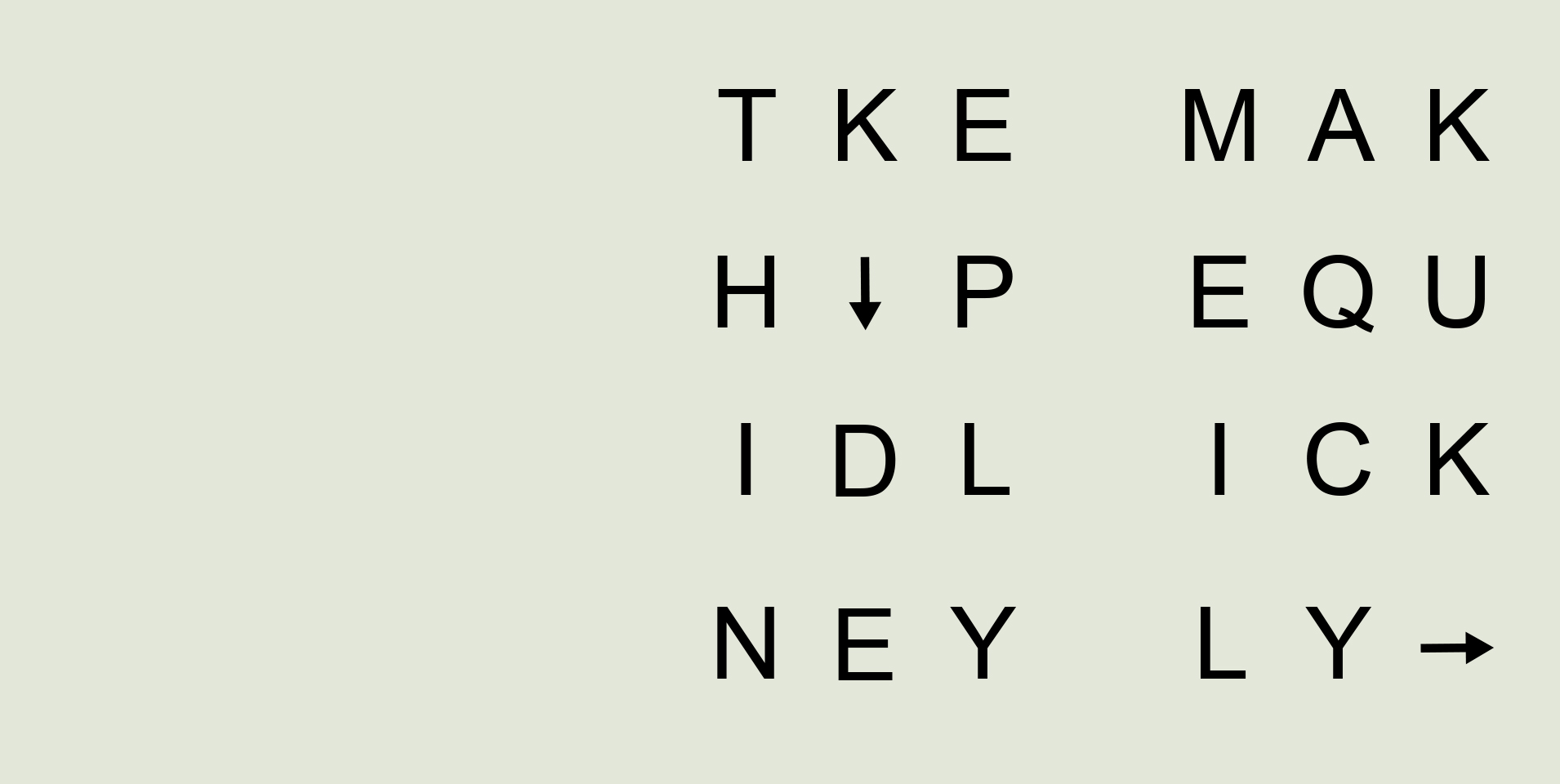
Think, then make. Seems obvious, right? But it is more than that. By thinking deeply and thoroughly, and taking time to understand a brief, a client, and an audience, the execution often becomes clear and quickly realised.
Answers are a problem.
We like answers. Answers mean progress, results, an endpoint. Answers allow us to put a line through it and say “Job done. Next!”. We’ll leap to whatever type of answers present quickly, given the chance; it is human nature. Voluminous answers, dichotomous answers, divergent answers, obvious answers. But how can we find the right answer without taking the time to fully digest the question?
The temptation to reference that Mencken quote is simply too strong to resist, so I will.
“…there is always a well-known solution to every human problem — neat, plausible, and wrong.”
Despite valid questions over the intent to which it was penned, the sentiment has been widely appropriated by those of us who feel that true insight, and lasting meaning or value, push past the assumed knowledge of circumstance, or the ‘coverall’ approach to creativity.
Thinking starts with questions (does it?).
Questions, there’s the rub*. Interesting and insightful questions lead to us to places uncharted, innovative and disruptive. For some thoughts on how Ellis Jones work collaboratively with our clients to define the brief and communication need, you can read Patrick’s article from last month’s People Talk. To summarise for our purposes here, we prioritise finding the right question for the client and the context. It might be something like “Who is this really for?”, or “how could it be used?”, “what more can it mean?”, “can it be the change?”, or the always uncomfortable “is this actually what you need?”. We spend the majority of time on any project thinking about the problem, researching, talking to users, owners, sceptics and believers. Turning it around and looking at the angles. Laying the groundwork for a lateral shift, or a cutting resonance. With a solid question on which to think deeply, we can start to make.
Then, we make.
Fast. Freely. Iteratively. Sometimes collaborative, sometimes commandeering. We use our deep contextual thinking early in the piece to free us and begin to work intuitively; combining intellectual and emotional reasoning to set a direction. We experiment with content, form, execution, materials and technologies. Trying not to analyse output on-the-fly, instead producing tranches of work, then critiquing collaboratively to assess it’s appropriateness for the brief.
We believe it produces work that has authenticity, effectiveness and longevity, yet also immediacy, energy and vigour.
Ellis Jones’ work for Lake Macquarie Libraries is a recent example of this approach to creativity in action. The project grew from an already well-developed relationship with the client, and the trust that goes with it. It provided the freedom to really interrogate the idea of what a mobile library could be, or should be. We spent the majority of the project asking these questions of ourselves and the Lake Mac team, debating and refining meta-narratives for the role of libraries, and allowing that to guide the realisation of the creative concept. As a result, the naming and design of the “Rover” came together quickly, in a natural, nimble and collaborative way. A good process, good work, good (and happy) clients.
Read more about what we did here.
Let’s think together, let’s make together, we love doing that too. Talk to us.
*Gratuitous Shakespeare reference for added literary credential? Check.

